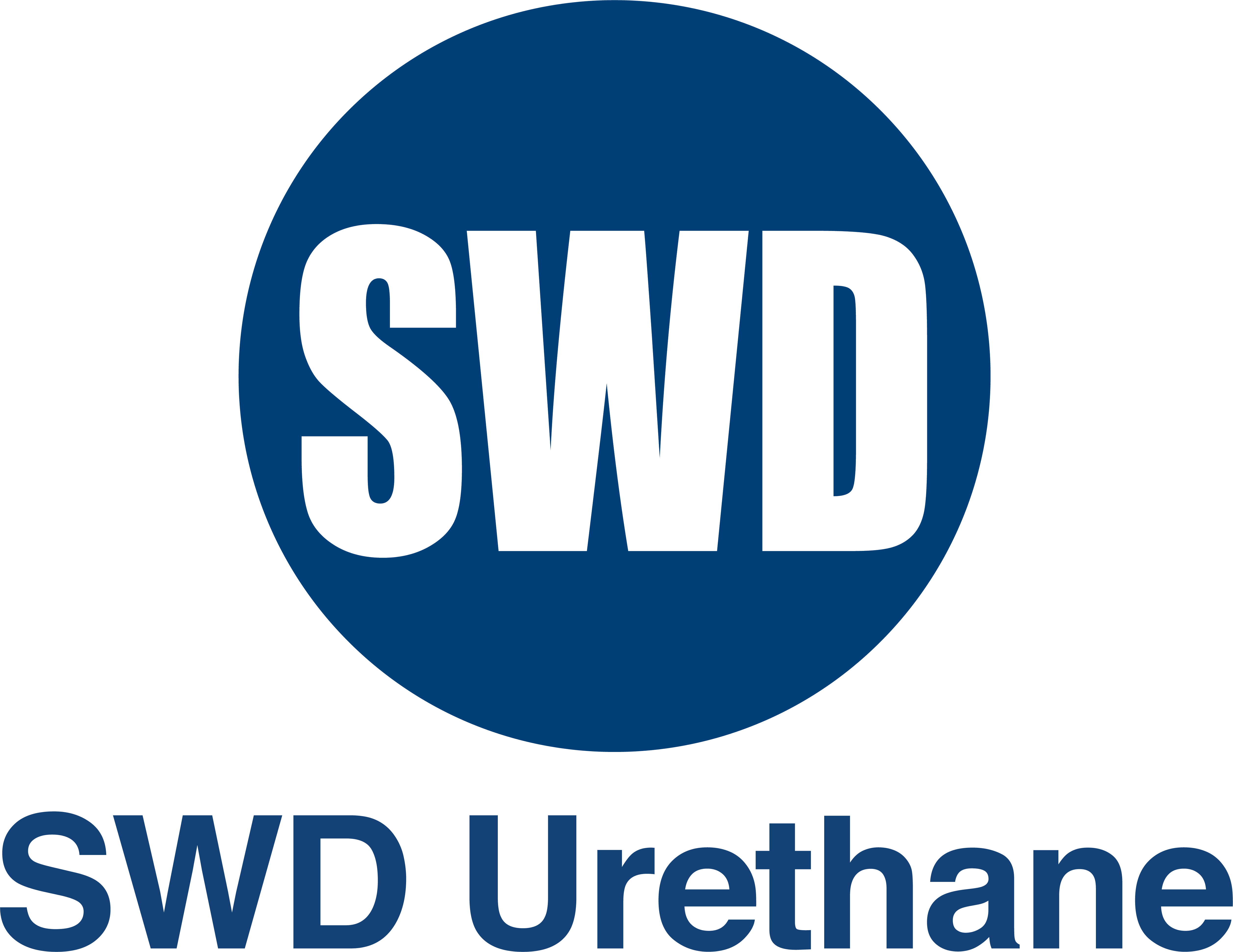Insulation is a necessity for most people to keep their homes at a comfortable temperature during extreme weather conditions. The most common type of insulation is fiberglass, which is made from tiny glass fibers. However, is fiberglass insulation safe?
Although fiberglass is an effective insulator, it can be dangerous to work with due to the small glass fibers that can cause irritation.
Read further to find out more about fiberglass insulation.
What Is Fiberglass?
Fiberglass insulation is made from glass fibers that are spun into a web and then bonded together with a resin. It can be found in a variety of forms, including blankets, rolls, batts, and loose-fill.
It is a popular type of insulation due to its low cost and high R-value, which is a measure of an insulation’s ability to resist heat flow.
The Origins of Fiberglass Insulation
Fiberglass insulation was first developed in the early 1930s by Owens-Corning, a company that is still in business today. Owens-Corning was looking for a way to use waste glass from their other operations and turned it into insulation. Fiberglass insulation quickly gained popularity due to its low cost and high efficiency.
During World War II, fiberglass insulation was used in military applications to insulate ships and other vehicles. After the war, fiberglass insulation became widely used in residential and commercial construction.
The Dangers of Fiberglass Insulation
Although fiberglass insulation is an effective insulator, it can be dangerous to work with. The small glass fibers that make up the insulation can cause skin and respiratory irritation. It is important to wear gloves, long sleeves, and a dust mask when working with fiberglass insulation to avoid contact with the skin and inhaling the fibers.
A common question is, " I touched pink insulation, and my whole body itches. What should I do?"
If you come in contact with it, wash the area with soap and water as soon as possible. See a doctor immediately if you experience any respiratory symptoms, such as coughing or difficulty breathing.
Alternatives to Fiberglass Insulation
Some alternative insulation materials on the market do not pose the same dangers as fiberglass insulation.
Cellulose Insulation
One alternative is cellulose insulation, which is made from recycled paper products. Cellulose insulation has a similar R-value to fiberglass insulation, but it does not have the same dangers associated with it.
Spray Foam Insulation
This type of insulation comes from a mixture of chemicals that are sprayed onto the surface to be insulated. Spray foam insulation has a higher R-value than fiberglass insulation but is also more expensive.
There Are Pros and Cons of Fiberglass
In conclusion, fiberglass insulation is a popular and effective type of insulation, but it can be dangerous to work with. Some alternative insulation materials on the market do not pose the same dangers as fiberglass insulation.
If you are considering adding insulation to your home, it is important to weigh the pros and cons of each type of insulation to decide what is best for you and your family.


